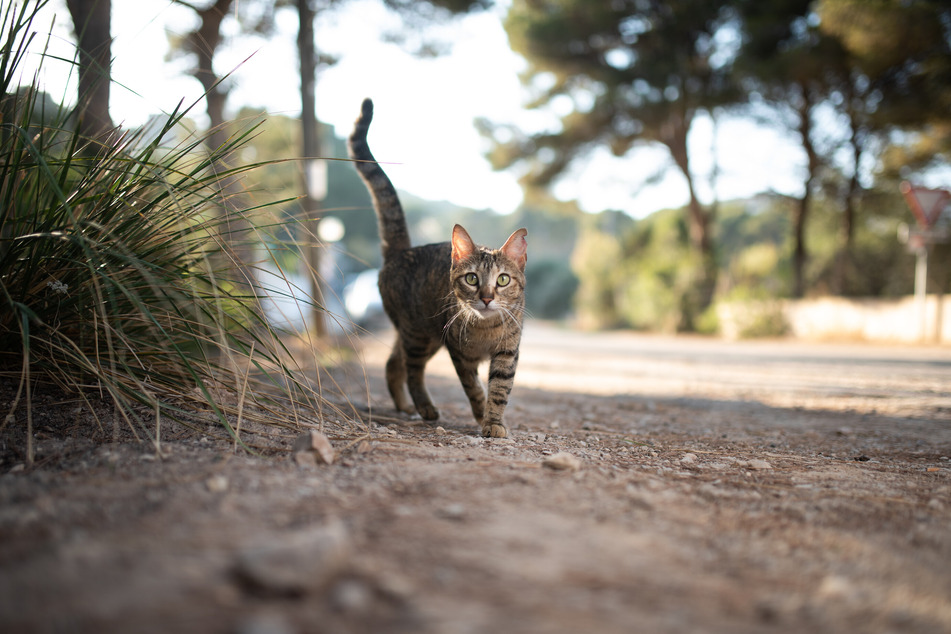Stubborn house cat: This is the best way to make your cat aware of you
Paris, France - Cats are considered to be quite stubborn animals that don't seem to want to listen when you signal for them to come to you. A new study has found out the best method for "calling" your feline friend.

Scientists at the Paris Nanterre University have been investigating the peculiarities of human-cat communication for several years. The team, led by Charlotte de Mouzon, published a study last October that showed domestic cats are more likely to recognize their owners' voices than those of strangers. The study also revealed that house cats know exactly when they are being talked to.
Nevertheless, they often do not react, and a study published on May 3 may have pointed out why that Is: Cats often think the verbal request is not enough. Instead, this stubborn animal tends to react better if given a visual cue, as well.
For the study, 12 velvet paws from a cat café were observed. In the first step, the stubborn animals were accustomed to the presence of a new person, Charlotte de Mouzon, who conducted the study experiment with them.
The cats entered a room and were either greeted vocally, silently but with an outstretched hand, with words as well as a visual gesture, or they were ignored by de Mouzon. The latter served to create a control condition.
Visual gestures are easier for cats to comprehend

The furry noses approached most quickly in the third variant, in which de Mouzon used a combination of of voice and gesture cues. Surprisingly, the cats responded more to the extension of the hand than to calls and sounds.
With their owners, however, the animals would respond much more often to vocalizations and even engage in "cat talk," in which the animals themselves also responded vocally to vocal stimuli from humans.
This shows it's not the same for a cat to communicate with its owner as it is with a stranger, according to the researchers.
In the control condition, that is, when the research leader ignored the cats, the animals exhibited stress behaviors in the form of wagging and twitching tails.According to de Mouzon, this is further proof that cats prefer visual or combined cues from people they don't know.
Cover photo: 123RF/anoushkatoronto